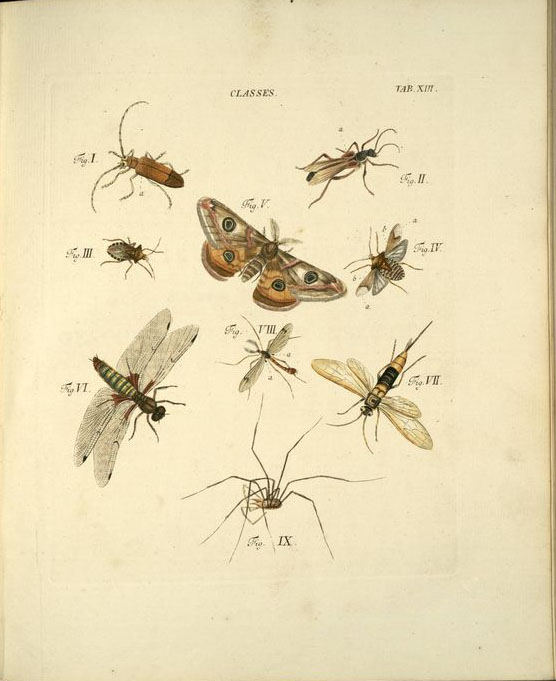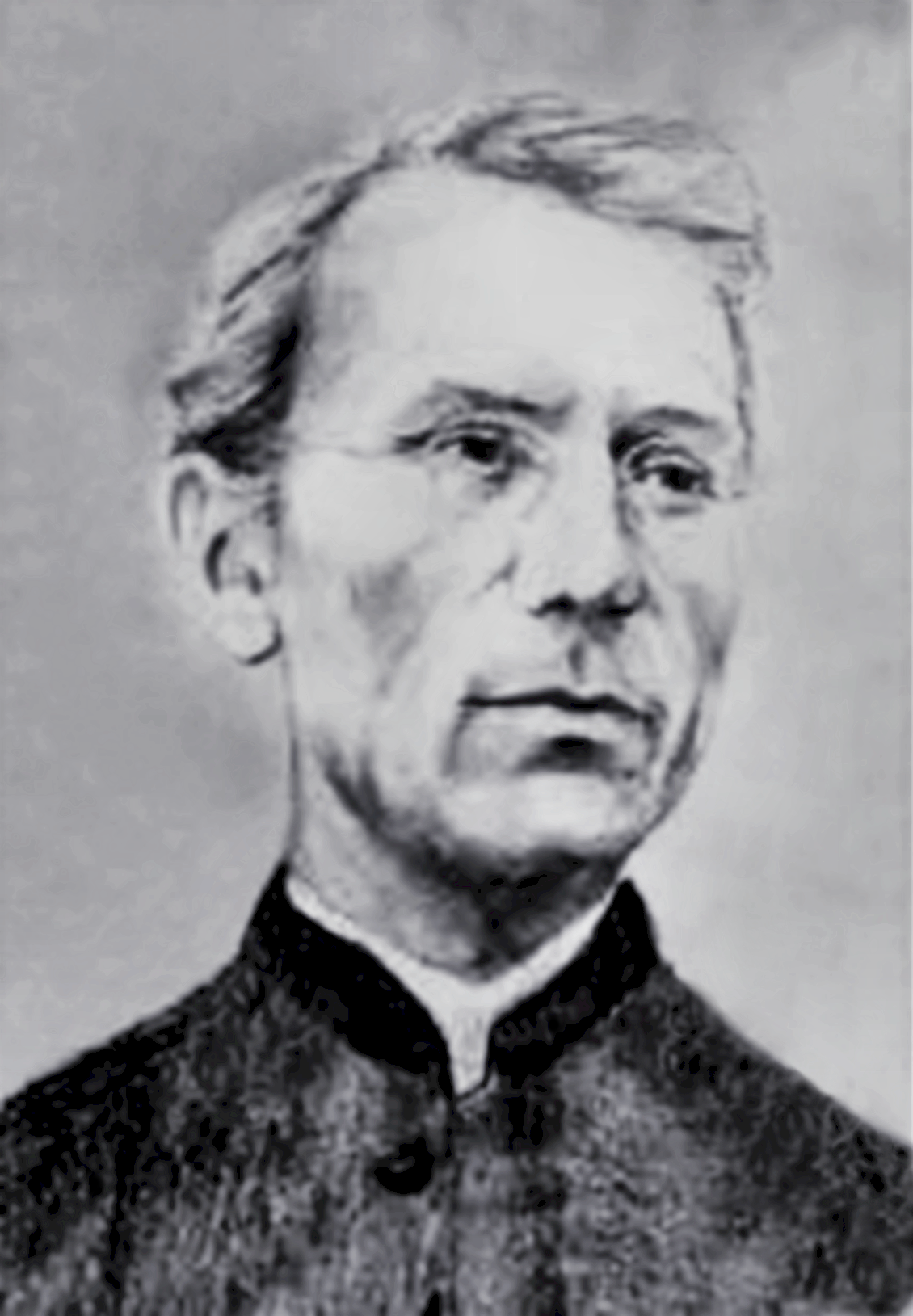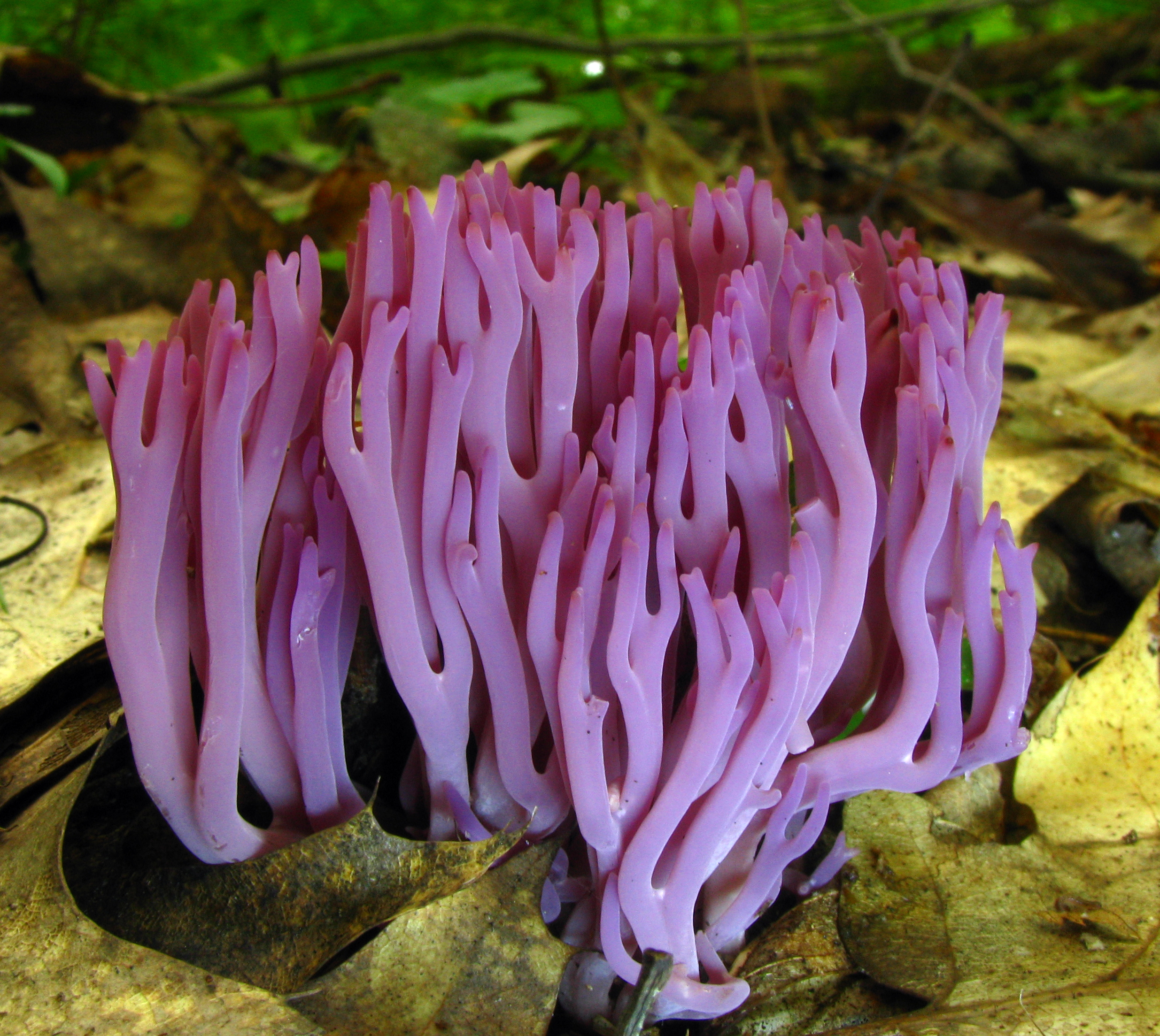|
Ramaria Pallida
''Ramaria pallida'' is a coral mushroom in the family Gomphaceae The Gomphaceae are a diverse family of fungi belonging in what is classically known as the Phallales or cladistically as the ''gomphoid-phalloid clade''. The family has 13 genera Genus ( plural genera ) is a taxonomic rank used in the biologi .... It is found in North America. References Gomphaceae Fungi described in 1920 Fungi of North America Taxa named by Jacob Christian Schäffer {{Gomphales-stub ... [...More Info...] [...Related Items...] OR: [Wikipedia] [Google] [Baidu] |
Jacob Christian Schäffer
Jacob Christian Schäffer, alternatively Jakob, (31 May 1718 – 5 January 1790) was a German dean, professor, botanist, mycologist, entomologist, ornithologist and inventor. Biography From 1736 to 1738 he studied Theology at the University of Halle before becoming a teacher in Ratisbon. In 1760, the University of Wittenberg gave him the title of Doctor of Philosophy, and the University of Tübingen awarded him in 1763 the title of Doctor of Divinity. In 1741, he became a pastor of a Protestant parish. In 1779, while still a pastor, he also became the dean of the Protestant parish in Ratisbon. Works In 1759, Schäffer published ''Erleichterte Artzney-Kräuterwissenschaft'', a handbook of botany and the medicinal effects of plants for doctors and pharmacists. From 1762 to 1764, he wrote four richly illustrated volumes on mycology, ''Natürlich ausgemahlten Abbildungen baierischer und pfälzischer Schwämme, welche um Regensburg wachsen''. In 1774, he wrote ''Elementa Ornitholo ... [...More Info...] [...Related Items...] OR: [Wikipedia] [Google] [Baidu] |
Adalbert Ricken
Adalbert Ricken (18 March 1851 – 1 March 1921) was a German Roman Catholic priest and mycologist born in Fulda. He attended the seminary for Roman Catholic priests in Fulda, and afterwards was a priest and chaplain at several locations in the Fulda diocese. He made contributions in the classification of fungi, and was the author of a popular textbook on mushrooms called ''Vademecum für Pilzfreunde''Digital editionby the University and State Library Düsseldorf). Another noted work by Ricken was ''Die Blätterpilze (Agaricaceae) Deutschlands und der angrenzenden Länder, besonders Oesterreichs und der Schweiz'' (1915), a publication on fungi from the family Agaricaceae that are native to central Europe. The genus ''Rickenella'' from the family Repetobasidiaceae Repetobasidiaceae is a phylogenetically defined family encompassing resupinate, poroid, stereoid, clavarioid, and agaric An agaric () is a type of fungus fruiting body characterized by the presence of a pileus ( ... [...More Info...] [...Related Items...] OR: [Wikipedia] [Google] [Baidu] |
Coral Mushroom
The clavarioid fungi are a group of fungi in the ''Basidiomycota'' typically having erect, simple or branched basidiocarps (fruit bodies) that are formed on the ground, on decaying vegetation, or on dead wood. They are colloquially called club fungi and coral fungi. Originally such fungi were referred to the genus ''Clavaria'' ("clavarioid" means ''Clavaria''-like), but it is now known that clavarioid species are not all closely related. Since they are often studied as a group, it is convenient to retain the informal (non-taxonomic) name of "clavarioid fungi" and this term is frequently used in research papers. History ''Clavaria'' was one of the original genera created by Carl Linnaeus, Linnaeus in his ''Species Plantarum'' of 1753. It contained all species of fungi with erect, club-shaped or branched (coral-like) fruit bodies, including many that are now referred to the Ascomycota. Subsequent authors described over 1200 species in the genus. With increasing use of the microscope ... [...More Info...] [...Related Items...] OR: [Wikipedia] [Google] [Baidu] |
Gomphaceae
The Gomphaceae are a diverse family of fungi belonging in what is classically known as the Phallales or cladistically as the ''gomphoid-phalloid clade''. The family has 13 genera Genus ( plural genera ) is a taxonomic rank used in the biological classification of living and fossil organisms as well as viruses. In the hierarchy of biological classification, genus comes above species and below family. In binomial nomenclat ... and 287 species. References External links * Basidiomycota families {{Gomphales-stub ... [...More Info...] [...Related Items...] OR: [Wikipedia] [Google] [Baidu] |
Fungi Described In 1920
A fungus (plural, : fungi or funguses) is any member of the group of Eukaryote, eukaryotic organisms that includes microorganisms such as yeasts and Mold (fungus), molds, as well as the more familiar mushrooms. These organisms are classified as a Kingdom (biology), kingdom, separately from the other eukaryotic kingdoms, which by one traditional classification include Plantae, Animalia, Protozoa, and Chromista. A characteristic that places fungi in a different kingdom from plants, bacteria, and some protists is chitin in their cell walls. Fungi, like animals, are heterotrophs; they acquire their food by absorbing dissolved molecules, typically by secreting digestive enzymes into their environment. Fungi do not photosynthesize. Growth is their means of motility, mobility, except for spores (a few of which are flagellated), which may travel through the air or water. Fungi are the principal decomposers in ecological systems. These and other differences place fungi in a single gro ... [...More Info...] [...Related Items...] OR: [Wikipedia] [Google] [Baidu] |
Fungi Of North America
A fungus ( : fungi or funguses) is any member of the group of eukaryotic organisms that includes microorganisms such as yeasts and molds, as well as the more familiar mushrooms. These organisms are classified as a kingdom, separately from the other eukaryotic kingdoms, which by one traditional classification include Plantae, Animalia, Protozoa, and Chromista. A characteristic that places fungi in a different kingdom from plants, bacteria, and some protists is chitin in their cell walls. Fungi, like animals, are heterotrophs; they acquire their food by absorbing dissolved molecules, typically by secreting digestive enzymes into their environment. Fungi do not photosynthesize. Growth is their means of mobility, except for spores (a few of which are flagellated), which may travel through the air or water. Fungi are the principal decomposers in ecological systems. These and other differences place fungi in a single group of related organisms, named the ''Eumycota'' (''true fungi' ... [...More Info...] [...Related Items...] OR: [Wikipedia] [Google] [Baidu] |




